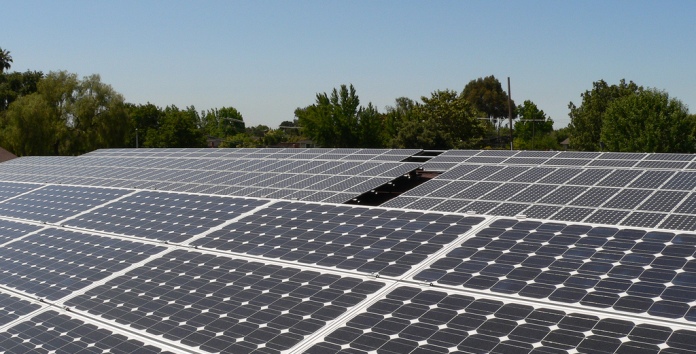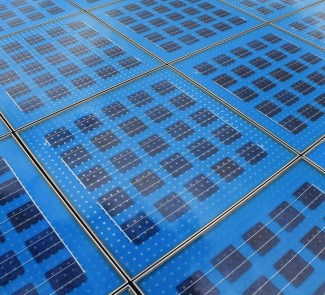Scientists at MIT have discovered a system that generates more efficient solar power than existing photovoltaic technology.
The new system takes advantage of a larger amount of the solar energy that it receives, because it captures wavelengths of light that are not absorbed by existing photovoltaic panels. This system was developed by researchers at MIT, who have been working to find a way to make solar energy more efficient. They did it by introducing a material that acts as an intermediary in the photoelectric process that receives all of the light and heats up, and then transmits the light to a traditional solar panel.
The material that the scientists from MIT have used as the intermediary is designed to heat up, taking advantage of all of the emitted wavelengths of the light. This represents an advantage over traditional photovoltaic panels, which leave many wavelengths unabsorbed. After the material heats up, the high temperatures that it reaches emit strong infrared radiation, which is then collected by the solar panel.
Research on the basic concepts of this development has been going on for several years, in an attempt to exceed the theoretical limits that are attributed to photovoltaic panels. The intermediary material is made up of two layers, one that absorbs the light, and another that emits it, making it up to three times more efficient than what is offered by existing systems.
It goes without saying that the key lies in the new material, which is made up of carbon nanotubes, a structure with a high capacity for conducting electricity. Its action as an absorber of energy is combined with a second layer of photonic crystal that ensures that most of the heat given off by the carbon nanotubes is converted into electricity.
As the researchers point out, this development builds on the advances in photovoltaic technology and solar thermal systems. The characteristics of this new technology will also make it possible to improve efficiency of storage, which is one of the pending tasks in this field.
There have been many advances in solar energy in recent years. While many of them are not yet consolidated, the intensive research in the field does give hope that a much more efficient and viable energy source will be found. There are projects aimed at developing solar panels that function continuously, generating electricity 24 hours a day, taking advantage of the indirect heat of the panels. And not to mention the future with buildings equipped with window glass that absorbs solar energy, helping to increase the efficiency of the installation.
Image: photonenergy









